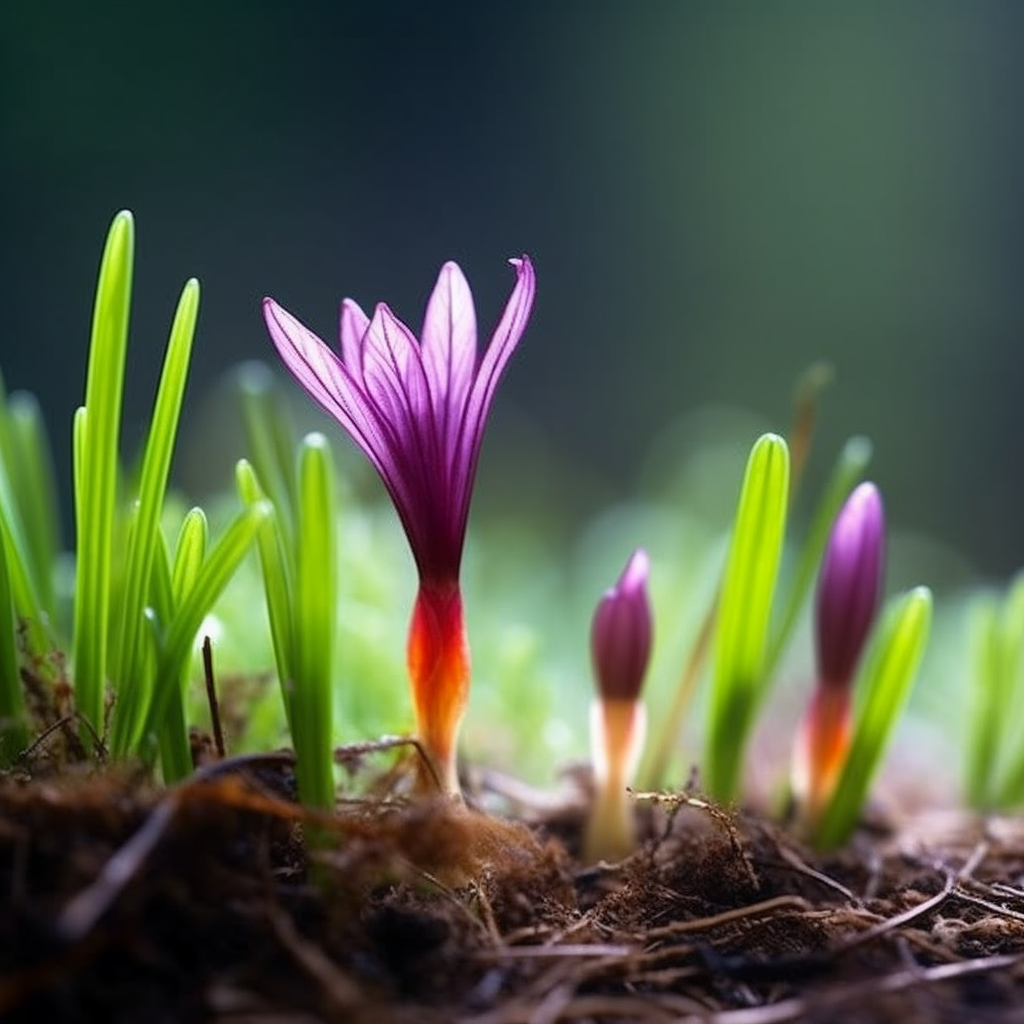Story of Day :
Contents
The Saffron Plant: A Complete Guide and Care Tips
As a garden blogger, I have come across many plants that pique my interest, but none quite like the saffron plant. This exotic and expensive spice is derived from the crocus sativus flower, which is native to Greece and Southwest Asia. In this article, I will provide you with a comprehensive guide on how to grow and care for your own saffron plant.
Planting Your Saffron Bulbs
Saffron bulbs should be planted in late summer or early fall in well-draining soil. They prefer full sun but can tolerate some shade. Dig holes for the bulbs that are about 4 inches deep and 4-6 inches apart. Place each bulb in its hole with the pointy end facing up, cover it with soil, water well, and wait for it to sprout.
- Plant bulbs in late summer/early fall
- Use well-draining soil
- Bulbs should be 4-6 inches apart
- Sprouting should occur after watering thoroughly

Caring For Your Saffron Plant
Your saffron plant will need regular watering throughout its growing season (fall-spring) but make sure not to overwater as this may cause root rot. A general rule of thumb is to water when the top inch of soil feels dry.
- Regular watering during growing season (fall-spring)
- Avoid overwatering to prevent root rot
You can also add a balanced fertilizer every few weeks during this time to give your plants an extra boost of nutrients. However, avoid fertilizing in the summer months as this is the plant’s dormant period.
- Fertilize every few weeks during growing season
- Avoid fertilizing during summer months (dormant period)
Harvesting Your Saffron Stigmas
Saffron stigmas are harvested in the fall when they are at their peak. To do this, gently pluck each stigma with your fingers or use scissors to cut them off as close to the flower’s base as possible. Dry the stigmas by spreading them out on a paper towel and leaving them in a cool, dry place for several days before storing them in an airtight container.
- Harvesting should be done in Fall
- Carefully pluck each stigma by hand or cut with scissors at base of flower
- Dry stigmas on paper towel for several days before storing
Pests and Diseases To Watch Out For
Like any plant, saffron can fall prey to pests and diseases if not cared for properly. The most common pest is thrips which will cause damage to both flowers and foliage. Aphids can also be problematic when it comes to saffron plants.
To prevent these pests from taking over your crop you should ensure that you keep your soil well-drained while avoiding overwatering; this helps reduce fungal growth that could lead to disease outbreaks later on in life span of plants.
The Bottom Line: Grow Your Own Saffron Plant!
Growing a saffron plant may seem daunting at first but with proper care it can yield amazing results – just think of all those delicious dishes you can add this spice to! Follow the tips outlined in this article and before you know it, you’ll be harvesting your own saffron stigmas in no time. Your friends and family will surely be impressed with your green thumb!
